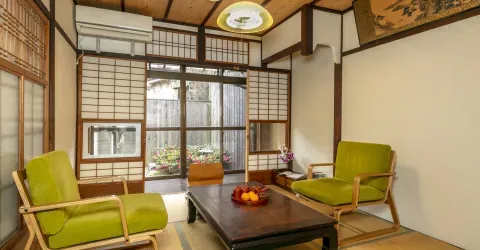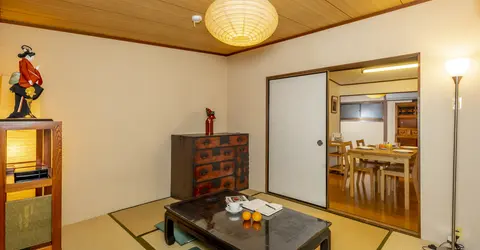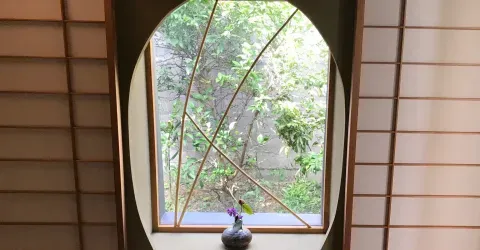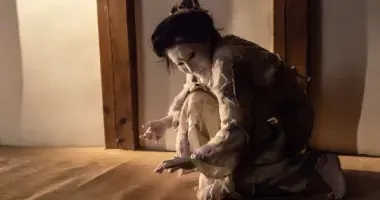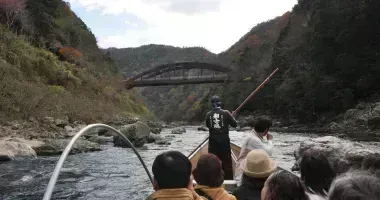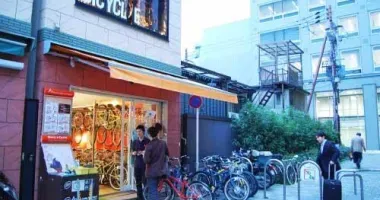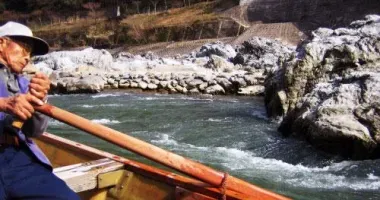Exploring Mount Hiei: A sacred mountain and the cradle of Japanese Buddhism
- Published on : 28/03/2024
- by : Japan Experience
- Youtube
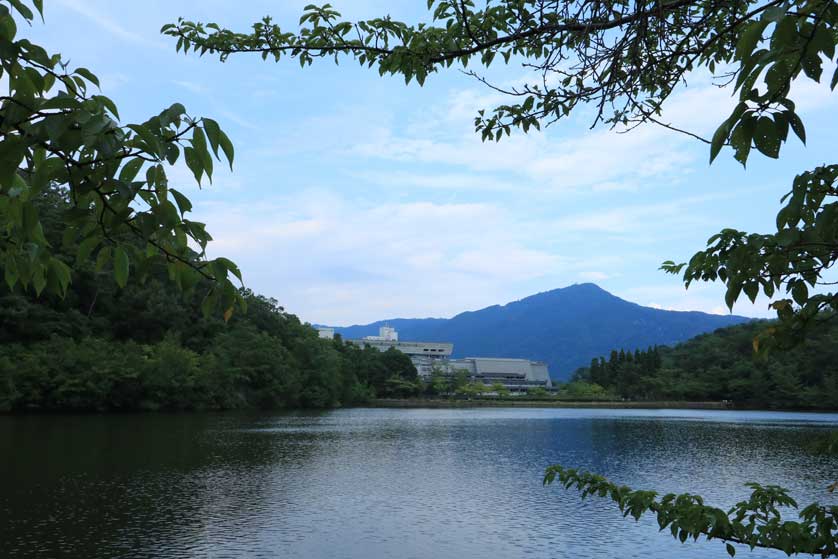
Takaragaike and the view to Mt.Hiei
Mount Hiei is a historically significant mountain located northeast of Kyoto on the border of Kyoto and Shiga prefectures. It is home to the important Enryakuji Temple complex, a sprawling collection of temples and buildings. Mount Hiei has been a key site in the development of Japanese Buddhism and culture. Today it attracts visitors for its religious sites, nature, and views.
The history and spiritual significance of Mount Hiei
Mount Hiei's history is closely tied to the development of Buddhism in Japan. In 788 CE, the monk Saicho founded Enryakuji Temple on the mountain as a center for the study and practice of Tendai Buddhism, which he introduced from China. Over the centuries, Mount Hiei became a major center of Buddhist learning and the Tendai sect grew in importance. Many influential monks studied and trained here before spreading Buddhism throughout Japan.
Due to its location northeast of Kyoto, Mount Hiei was also seen as a protector of the capital, based on geomantic principles. The mountain and Enryakuji Temple wielded significant spiritual and political power, with a large army of warrior monks. In 1571, warlord Oda Nobunaga attacked and destroyed the temple complex to curb the power of the warrior monks. It was later rebuilt and remains the Tendai headquarters today.
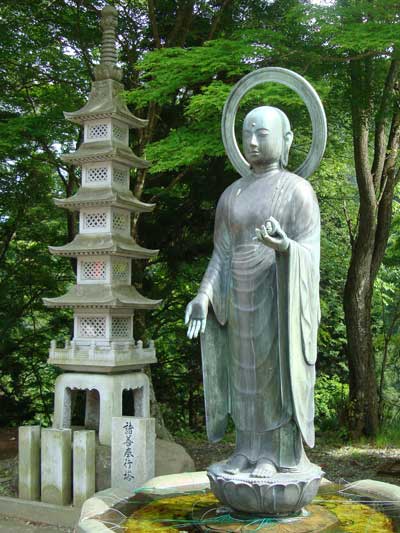
Enryaku-ji temple: The heart of Mount Hiei
Enryakuji Temple is the sprawling temple complex that covers much of Mount Hiei. Founded in 788 by Saicho, it is the headquarters of Tendai Buddhism. At its height, Enryakuji had as many as 3000 sub-temples and thousands of monks in residence.
The temple complex was destroyed by Oda Nobunaga in 1571 to quell the power of the warrior monks. It was rebuilt in the years after and most current buildings date from the 17th century onward. Enryakuji was designated as a UNESCO World Heritage Site in 1994. Today, it houses important cultural properties and continues to be a center of Tendai Buddhism.
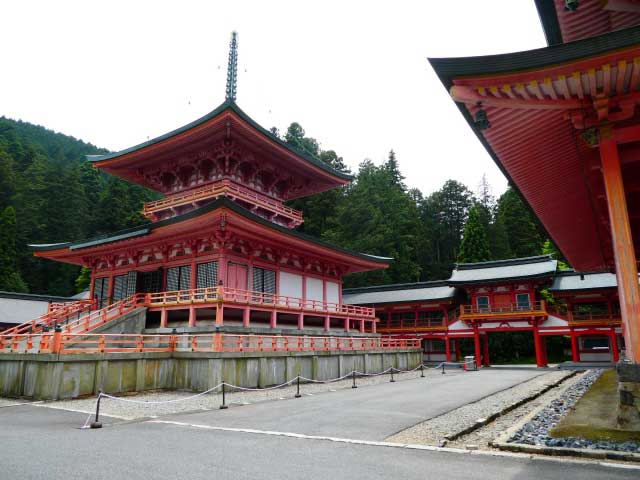
Enryakuji Temple, on Mt. Hiei, in Kyoto was once home to feared warrior monks
The three main areas of Enryaku-ji: Todo, Saito and Yokawa
Enryakuji stretches across the slopes of Mount Hiei and is divided into three main areas:
- Todo (East Pagoda) - The main area where Enryakuji was originally founded. Home to important buildings like the Main Hall and Amida Hall.
- Saito (West Pagoda) - Features the mausoleum of Enryakuji's founder Saicho and the Shaka Hall, the oldest building on the mountain.
- Yokawa - Located several kilometers north of the other areas. The main building here is the Yokawa Central Hall, uniquely built on a slope using pillars.
Each area has its own character and important buildings to explore. Walking trails through the forests connect the three areas, making for pleasant hikes with Mount Hiei's nature.
Famous monks and the spread of Buddhism from Mount Hiei
Many famous and influential monks studied and trained at Enryakuji Temple before going on to spread Buddhism and found other important sects. Mount Hiei was a key center of Buddhist studies that shaped Japanese Buddhism.
Famous monks with ties to Mount Hiei include:
- Honen - Founder of the Jodo (Pure Land) sect
- Shinran - Honen's disciple who founded the Jodo Shinshu sect
- Nichiren - Founder of the Nichiren sect
- Dogen - Founder of Soto Zen
- Eisai - Introduced Rinzai Zen from China
All these monks first trained at Enryakuji, demonstrating Mount Hiei's central role in Buddhist studies before these influential figures spread new ideas across Japan.
The role of Mount Hiei in Japanese folklore and tales of marathon monks
Mount Hiei features prominently in Japanese folklore and is said to be home to supernatural beings like gods, demons and tengu. The mountain's remote, mist-shrouded slopes have long sparked people's imaginations.
The mountain is also famous for its "marathon monks" who undertake incredible feats of endurance as a spiritual practice. In a ritual called kaihogyo, monks run a 30km route around Mount Hiei's peaks daily for 100 to 1000 days over 7 years. Only a handful of monks have completed the full 1000-day challenge since the practice began over 400 years ago. The few who do become living saints.
The life of these monks and their superhuman endurance have become legends inextricably associated with Mount Hiei. Stories of the marathon monks have spread Mount Hiei's fame internationally as a unique place of spiritual devotion.
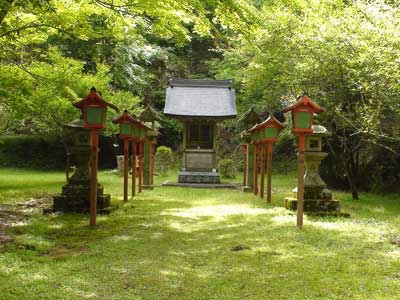
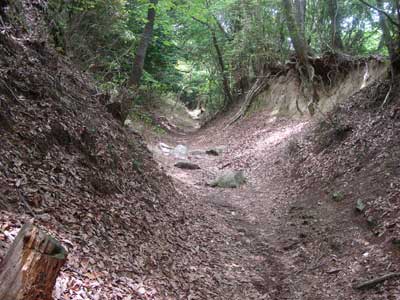
Exploring Mount Hiei: Access, transport and walking trails
Mount Hiei is accessible from both Kyoto and Shiga prefectures:
- From Kyoto - Take the Eizan cable car from Yase to the summit, then a short bus ride or walk to Enryakuji's Todo area
- From Shiga - Take the Sakamoto cable car from Sakamoto to the base of Enryakuji, then walk up to Todo
- Direct buses also run from Kyoto Station and Demachiyanagi Station to Todo (March to November only)
At the summit, buses connect the temple areas or you can hike the wooded trails between them. The network of trails offers a chance to experience Mount Hiei's nature and sacred atmosphere amid towering cedars. The hike between Todo and Saito is an easy 30 minute trail, while Yokawa is more remote, about 5km north.
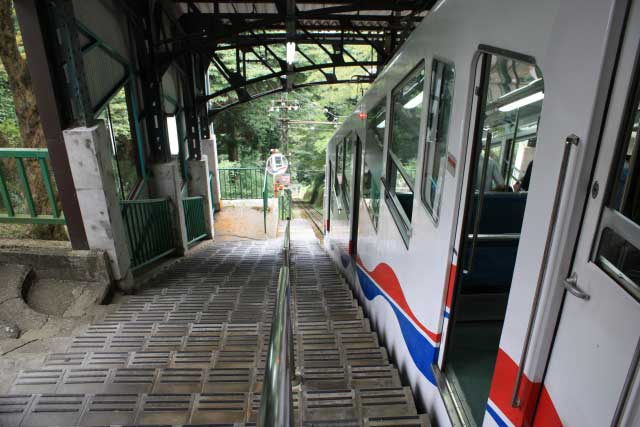
Mt Hiei cable car, Kyoto, Japan
Other attractions on Mount Hiei: French-themed sites and views of Kyoto and Lake Biwa
In addition to its significant temples, Mount Hiei offers some unique attractions and spectacular views. The summit features the Garden Museum Hiei, which surprisingly has a French theme with gardens styled after French impressionist paintings. There is even a French-themed hotel here called L'hotel de Hiei.
From various viewpoints around the mountain, you can take in sweeping views over Kyoto city, rural areas like Ohara, and Japan's largest lake, Lake Biwa. The view of Lake Biwa from the Benkei Hall area near the Yokawa cable car station is especially renowned.
So Mount Hiei offers not only important sacred sites but also beautiful natural vistas, unique architecture and even a taste of France high in the Japanese mountains. The variety makes it an engaging destination for many interests.
Tips for visiting: Opening hours, admission fees, dining and accommodation options
Some key tips for visiting Mount Hiei and Enryakuji Temple:
- Todo area: Open 8:30 to 16:30 (until 16:00 in winter)
- Saito and Yokawa areas: Open 9:00 to 16:00 (shorter in winter)
- Admission: 1000 yen to enter all three areas. 500 yen extra for Treasure Hall in Todo
- Dining: Vegetarian Buddhist cuisine served at Enryakuji Kaikan (reservations required). Restaurants also available at summit.
- Accommodation: Temple lodgings available at Enryakuji Kaikan, or stay at hotels on the summit like L'hotel de Hiei
- Check bus schedules in advance, as services are reduced in winter
- Wear comfortable walking shoes and prepare for cooler temperatures in the mountains
With some planning, your visit to sacred Mount Hiei will be a memorable chance to experience the history, nature and spiritual significance of this beautiful mountain that has shaped Japanese Buddhism.
Want to learn more about visiting Mount Hiei and the many attractions in Kyoto? Check out these Guide Books on Kyoto Japan for more tips and insights to make the most of your trip.
For more details on access, watch this Mt Hiei Video.
